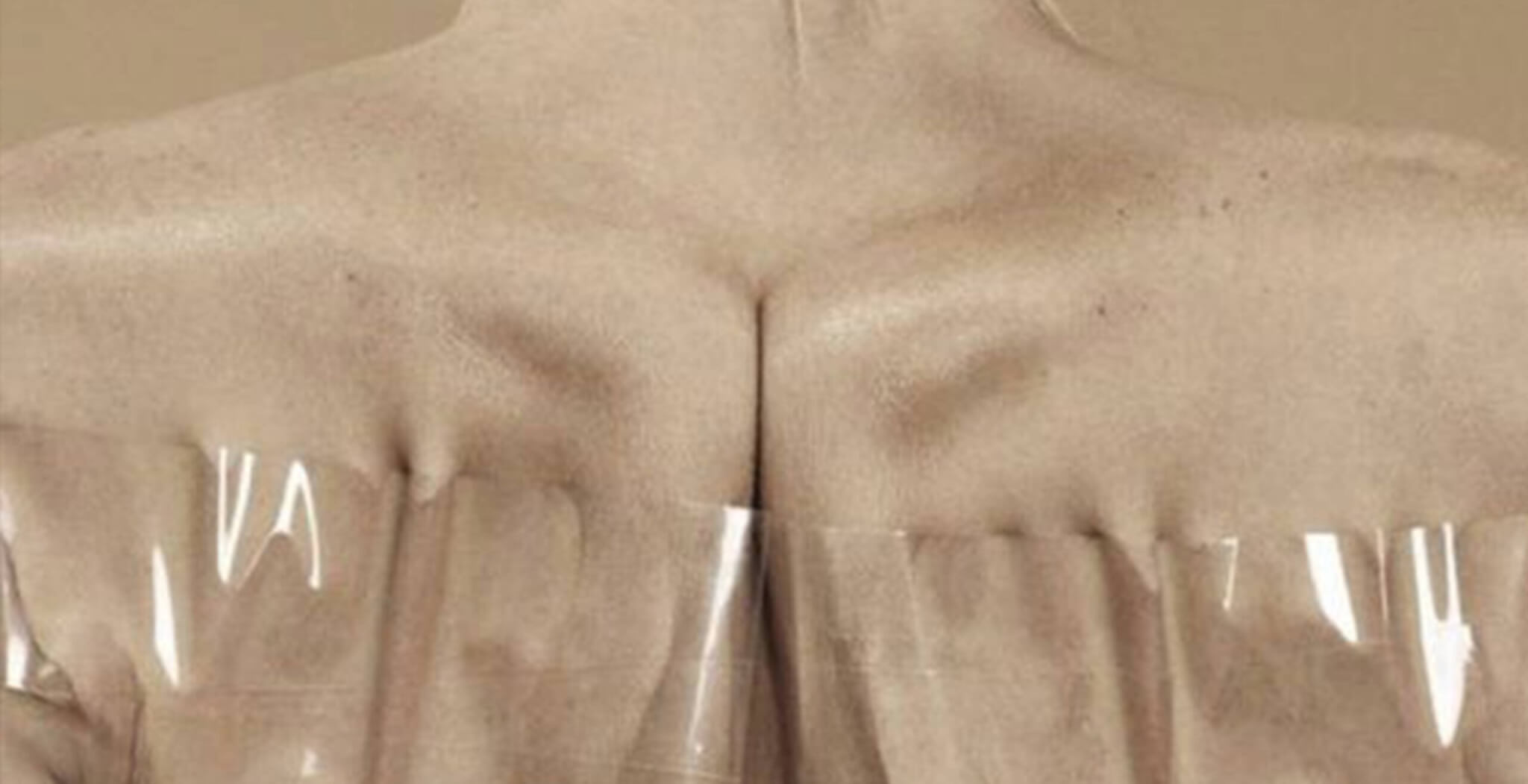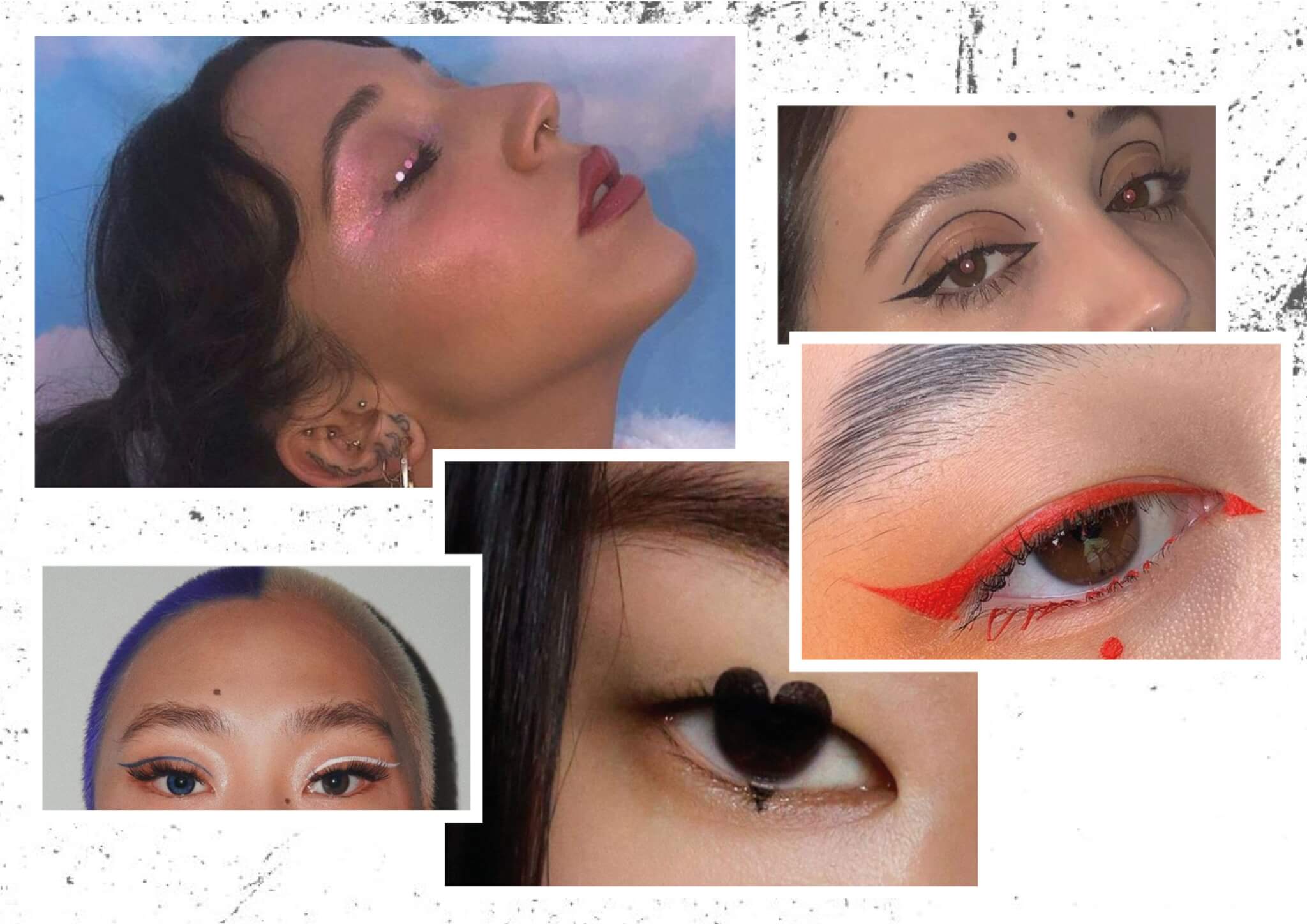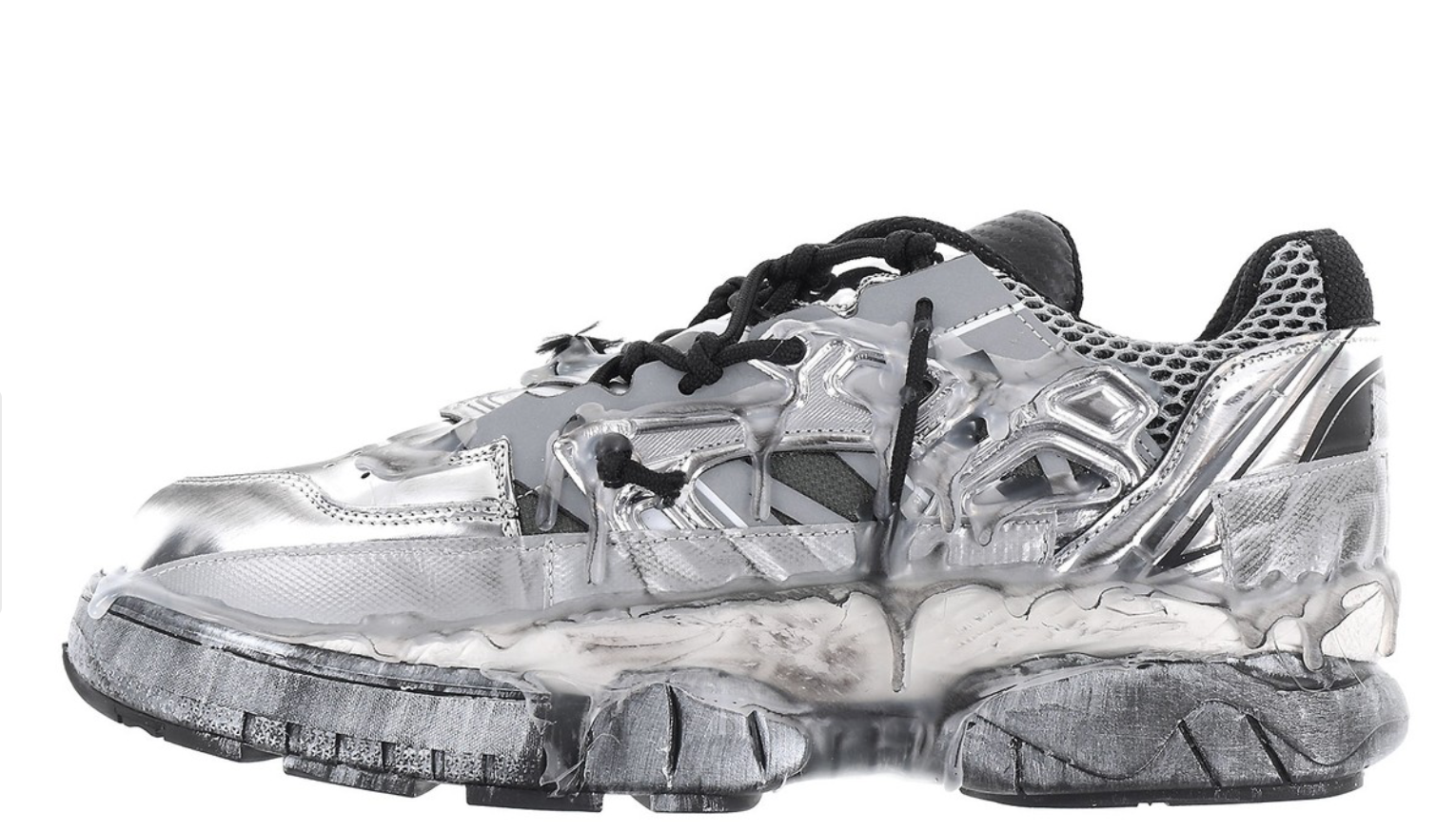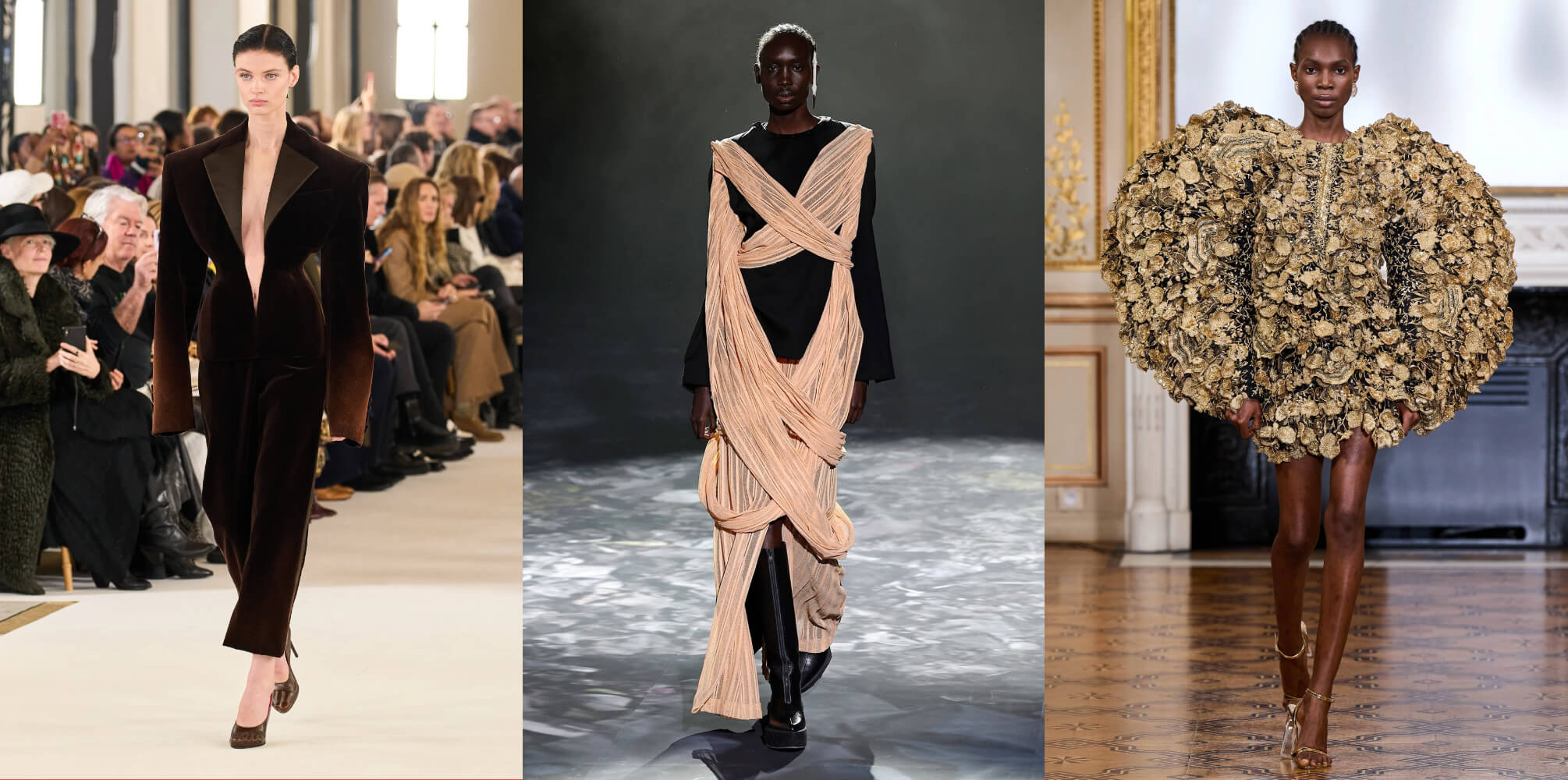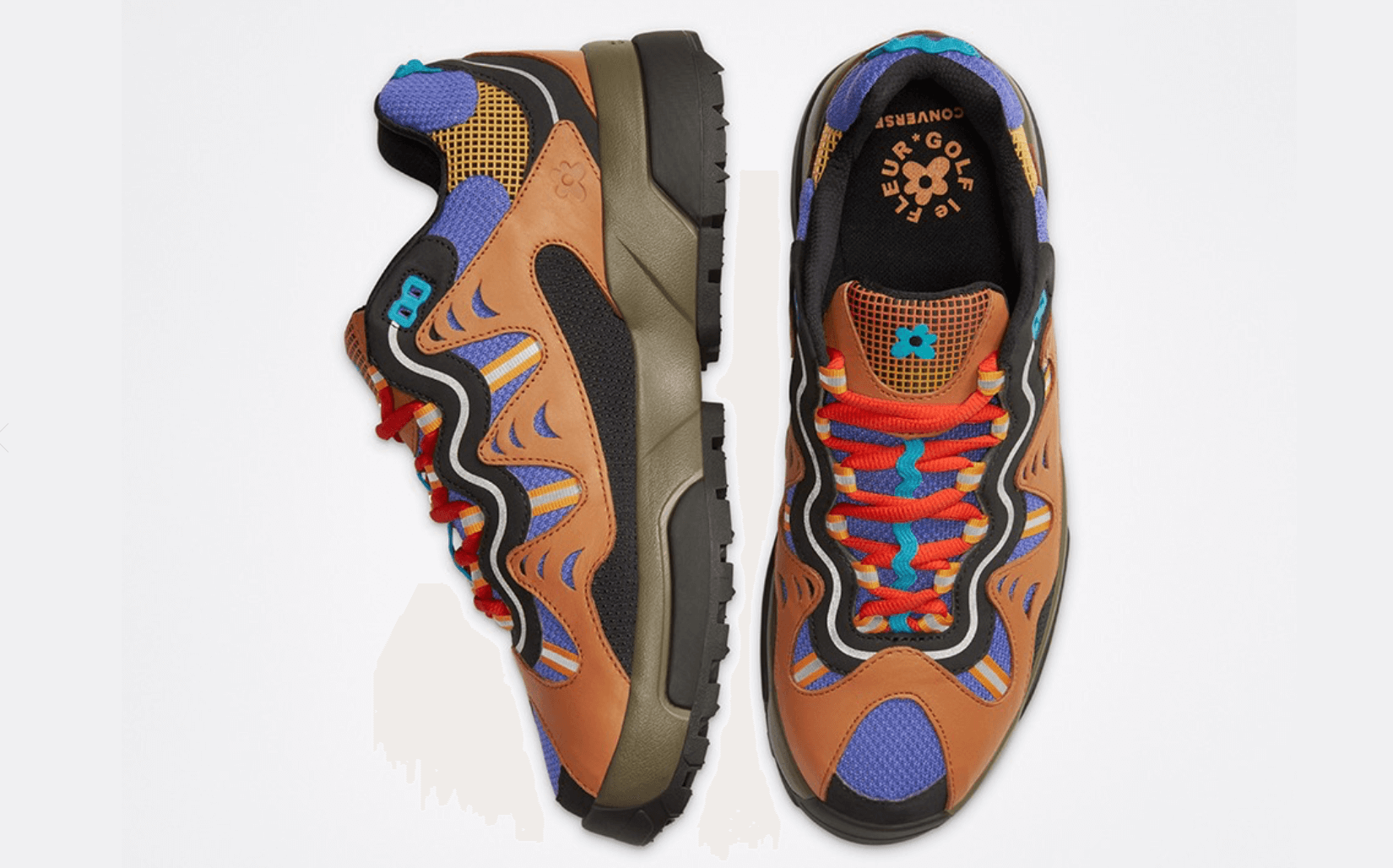“Nothing Tastes As Good As Skinny Feels” – Societies Sick Obsession with Female Bodies
Fashion trends come and go, and lately, they change faster than ever. Not only do the trends affect what people wear, but they also impact the way we perceive our bodies.
Last year, the return of low-rise jeans and miniskirts hinted at another comeback: the ideal of being thin is once again in vogue. Fashion today revolves around collarbones, concave bellies, and visible hip bones, whether on runways or in campaigns.
In the 90s, the fashion industry celebrated lanky models with stringy hair and dark circles under their eyes. Photographers like Mario and Davide Sorrenti and Corinne Day portrayed Kate Moss and Jaime King in a fragile manner. Looking emaciated and neglected became the new trend, known as “Heroin Chic.” However, this controversial trend ended tragically with the death of Davide Sorrenti in May 1997. The fashion world swiftly replaced it with a new beauty ideal embodied by the tanned and athletic Gisele Bündchen. Although the new models had a sun-kissed appearance, thin bodies remained the mainstream standard for nearly two decades.
Then, in the 2010s, the Body Positivity movement emerged, celebrating diverse body shapes and promoting radiant health as the new status symbol. While the intention was positive, it created a new kind of pressure. The focus shifted to appearing as healthy and muscular as possible, leading to a counter-trend against the glorified wellness ideal with a rebellious attitude.
Now, the pendulum seems to be swinging back in the other direction. Influencers like the Kardashian clan, known for their curvaceousness, are visibly slimming down, and the resurgence of low-rise jeans hints at troubling trends. The New York Post even published an article titled “Bye-bye Booty: Heroin Chic is Back,” perpetuating harmful narratives. It is important to note that using women’s body shapes to discuss fashion trends is lazy journalism at best and extremely damaging to women’s mental health at worst.
This statement has caused a stir, despite the article being somewhat critical. Actress and activist Jameela Jamil expressed her strong disapproval on Instagram, urging people to reject this trend and calling out media outlets involved in its spread. There is a valid concern that discussing this trend may trigger eating disorders and relapses, while also insulting those who have lost someone to addiction. Addiction and the brink of death should never be considered beauty ideals.
The romanticization of eating disorders and self-hatred related to body image is not new. In the past, Tumblr popularized trends like Thigh Gaps, where having a gap between one’s legs was seen as desirable. Unfortunately, this issue goes beyond specific trends and lies in an ongoing battle against women and their bodies. Buzzfeed once released a video titled “Women’s Ideal Body Types Throughout History,” illustrating how the standard of beauty for women has constantly evolved. What remains unchanged is the relentless pressure on women to conform to new body standards.
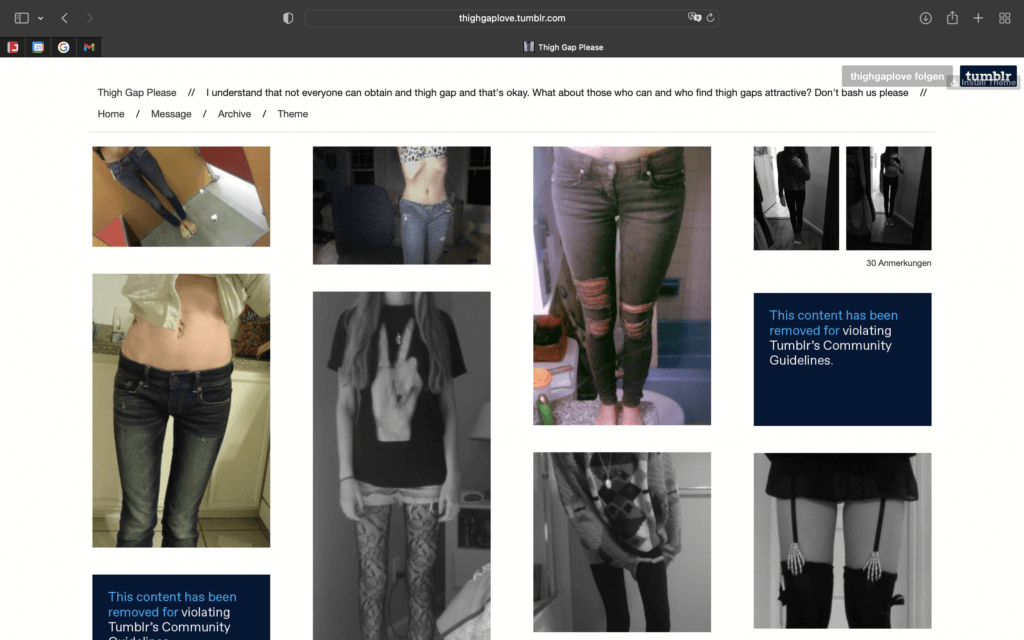
When the female body becomes a trend, treated as disposable as clothing, there are no winners except for diet companies and plastic surgeons. Throughout history, women have risked their health with corsets, starved themselves during the “heroin chic” era, and undergone surgeries to achieve curves. Now, drugs are being abused to eliminate those curves. Slimmer women are currently put on a pedestal, but it’s only a matter of time before another body type takes over, perpetuating an unhealthy cycle.”








